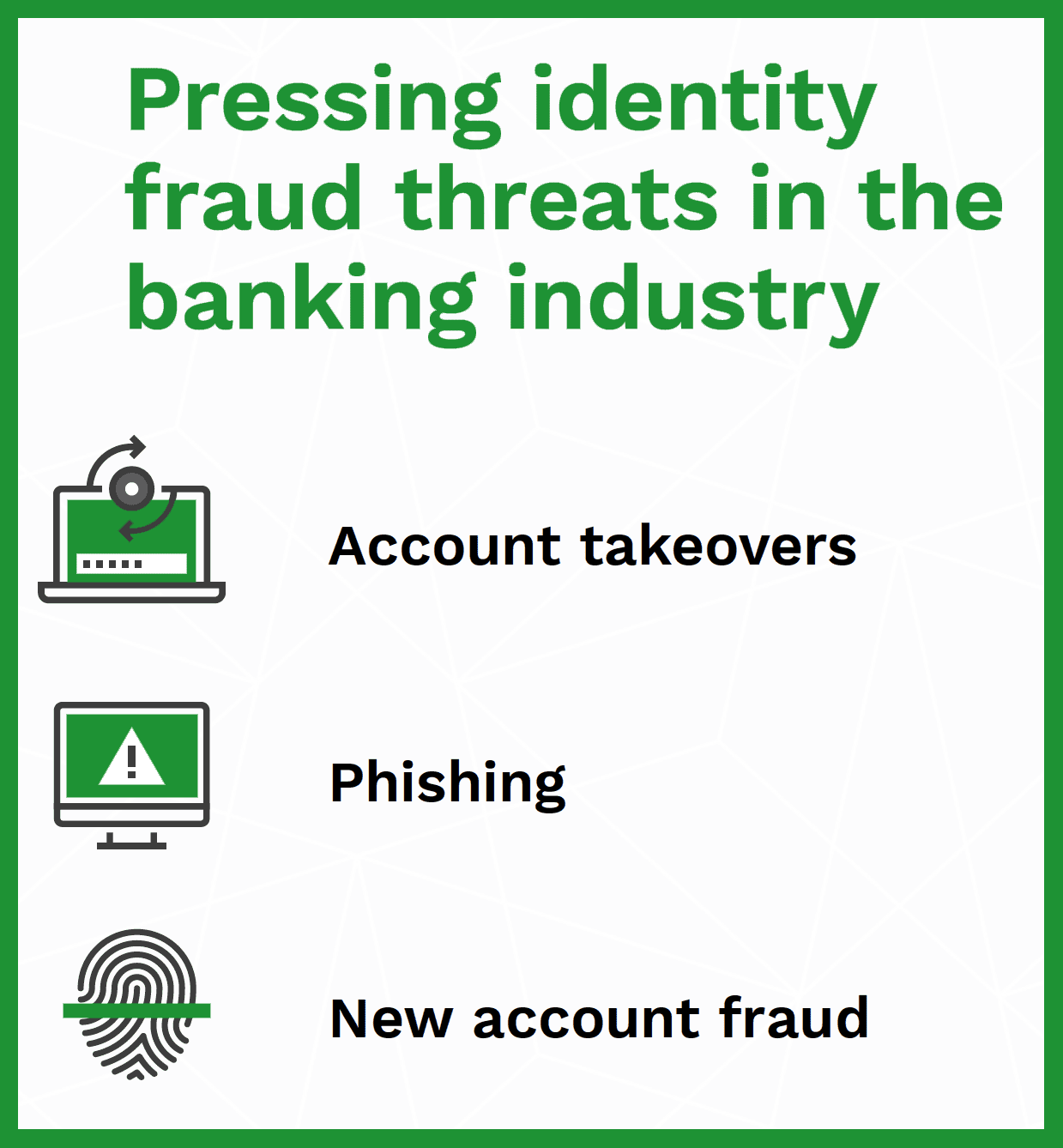Learn From an Insider How Data Is Key to Preventing Identity Fraud

![]()
PYMNTS interviewed Lien Nguyen, senior vice president of fraud prevention at Bank of the West, about the top identity fraud threats and how to stop them
—

Bad actors are growing more sophisticated in their identity fraud techniques, leveraging advanced artificial intelligence technology to stage attacks on an industrial scale. They typically aim for customers’ funds directly rather than attempting to obtain their personal data, often laundering these stolen funds through cryptocurrency.
“We’re seeing an uptick in bot-generated applications with stolen identities, and fraudsters are leveraging manual techniques to get these accounts funded with stolen funds. Then they’ll typically link the account to an external FI or payment processing organization that can facilitate some type of crypto exchange.”
Identity fraud has gone into overdrive in recent years as the pandemic has fueled a global shift from in-person to digital banking. It is much easier to impersonate a customer when there is no face time with a human employee, and bad actors have pounced on the opportunity.
“We’re starting to see more impersonation scams going on, which trick the customers into giving [fraudsters] their credentials as well as any type of authentication codes. Fraudsters are even impersonating banks or large tech companies, such as Google and Amazon, [deceiving] individuals into giving up their credentials and then taking over their accounts.”
Preventing identity fraud comes down to effective data utilization. AI systems are crucial to analyzing patterns in customer behavior and pinpointing inconsistencies that could be the sign of a stolen identity, such as abnormal spending or even a misspelled name.
“[Banks must] leverage the data their systems use, comb through that data to identify any common trends and have automated notifications point out data abnormalities. This will minimize the number of accounts that are being opened using fraudulent identities.”